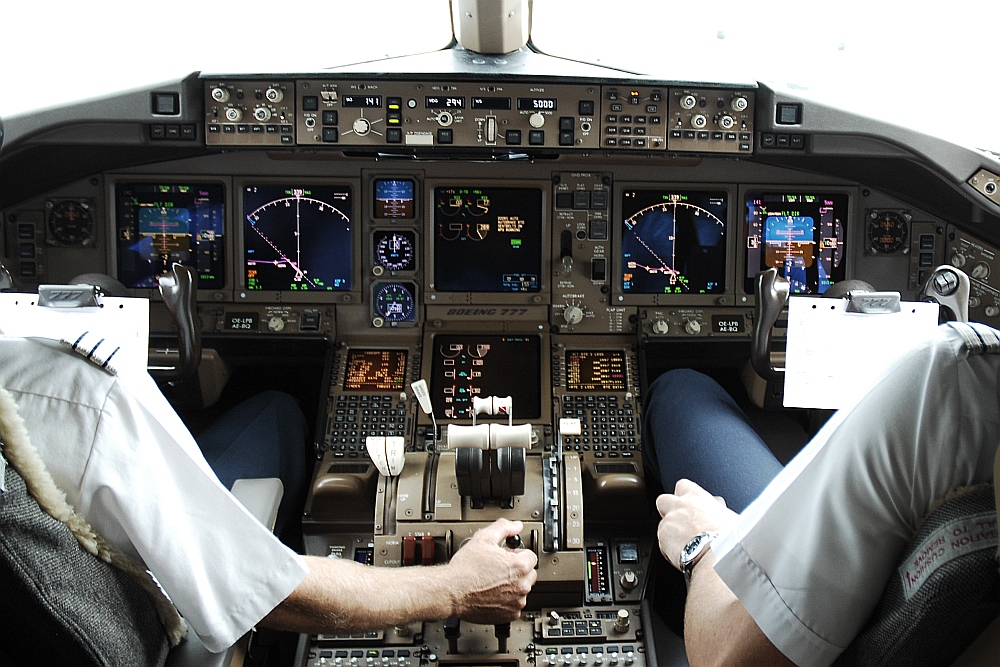

In conjunction with Parker Hannifin, MPC Products of Skokie, Illinois designed a fly-by-wire technology mechanical control suite for the 717 flight deck. The 717 shares the same type rating as the DC-9, such that the FAA approved transition courses for DC-9 and analog MD-80 pilots could be completed in 11 days. Category IIIb automatic landing capability for bad-weather operations and Future Air Navigation Systems are available. Flight deck features include an Electronic Instrument System, a dual Flight Management System, a Central Fault Display System, and Global Positioning System. The cockpit design is called Advanced Common Flightdeck (ACF) and is shared with the MD-10 and MD-11. The 717 features a two-crew glass cockpit that incorporates six interchangeable liquid-crystal-display units and advanced Honeywell VIA 2000 computers. As of July 2018, 148 Boeing 717 aircraft were still in service. Production of the Boeing 717 ceased in May 2006 after 156 were built. With McDonnell Douglas and Boeing merging in 1997 prior to production, the airliner entered service in 1999 as the Boeing 717. The first order for the airliner was placed with McDonnell Douglas in October 1995 by ValuJet Airlines (later AirTran Airways). It is powered by two Rolls-Royce BR715 turbofan engines mounted at the rear of the fuselage. Capable of seating up to 134 passengers, the 717 has a design range of 2,060 nautical miles (3,820 km). The airliner was designed and originally marketed by McDonnell Douglas as the MD-95, a derivative of the DC-9 family. The Boeing 717 is a twin-engine, single-aisle jet airliner, developed for the 100-seat market.


 0 kommentar(er)
0 kommentar(er)
